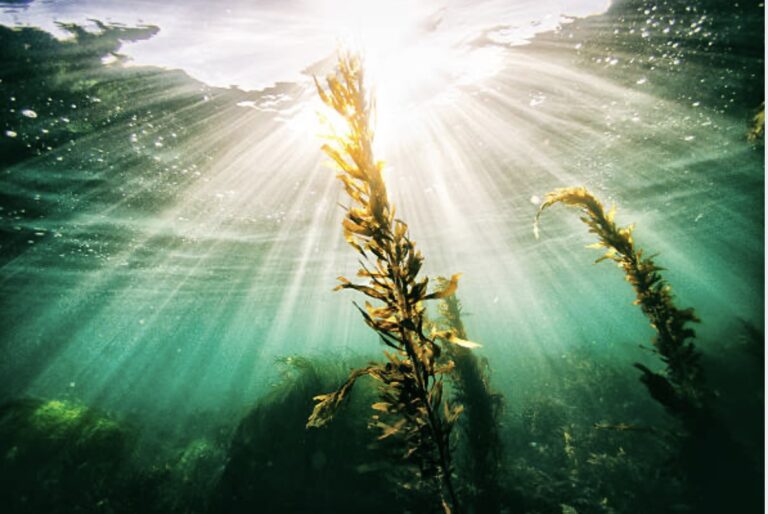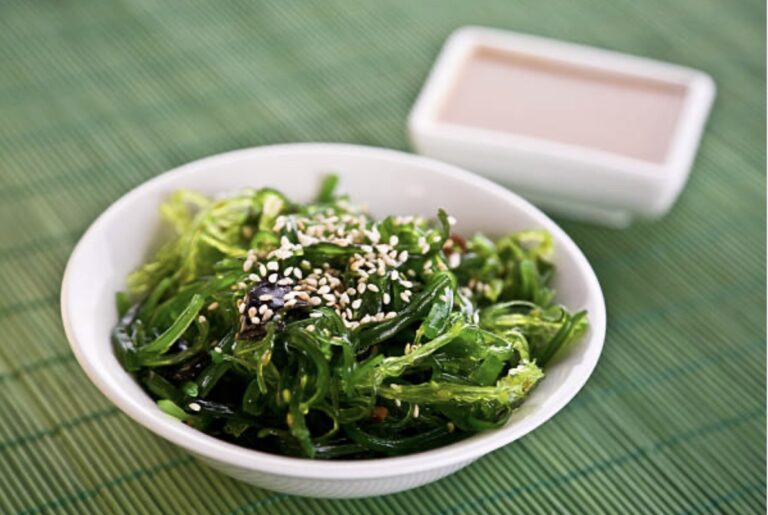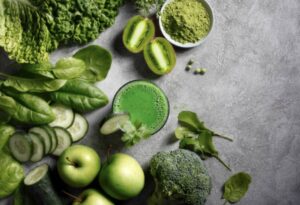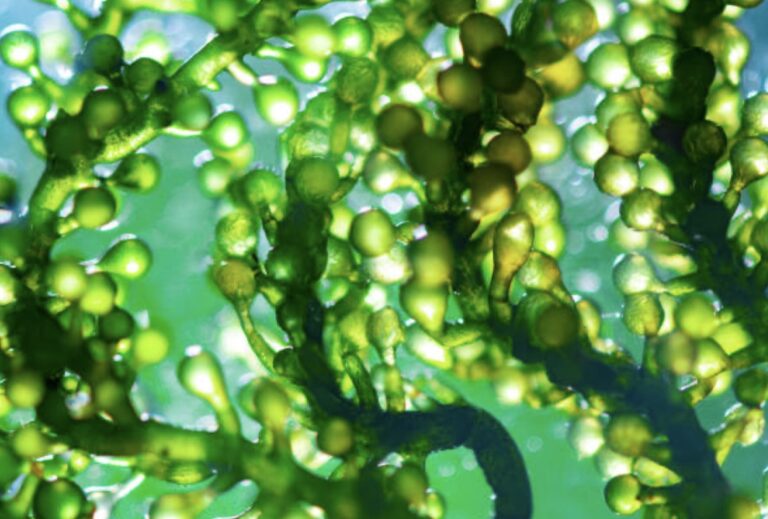How To Consume Algae: The Comprehensive Guide to Algae Consumption: A Boost to Your Health and Environment
Okay people, let me burst your bubble… Greens don’t mean just broccoli, zucchini, and kale – the uncharted territory of algae is awaiting to blow you away, and it’s got more than just a surprise element to offer! It also comes in an array of colors, don’t forget red and golden algae too. How to consume algae and fit it into your everyday routine will give your health a huge boost. Let’s deep-dive into the sea of information, and the sea is the pivotal word here, folks.
Overview of Algae: A Forgotten Superfood
You heard it right! Algae, those green slimy things you often see in your aqua ventures, are incredibly nutritious and pack a punch of goodness. Our ancestors had a knack for that, adding these oceanic delights to their meals. But somewhere during our journey to modernity, we misplaced these aquatic gemstones.
The Benefits of Consuming Algae
To kick things off, consuming algae is like unleashing a superhero inside your body. Its benefits range from managing cholesterol and bolstering your immune system, all the way to decreased inflammation and enhanced gut health. And, just a quick tip: if it’s detoxification you’re seeking, the complex fibers in algae would be your new best friend.

The Environmental Impact of Cultifying Algae
Right, so you’re thinking, “How does munching on algae save the planet?” Well, algae cultivation has a minimal footprint on Mother Earth. It grows fast, absorbs CO2 (thumbs up for less greenhouse gases!), and doesn’t require deforestation or soil degradation! How about that for a climate-friendly superfood? It’s a win-win situation for Mother Terra and us.
Types of Edible Algae and Their Nutritional Profiles
Spirulina: A Nutrient Powerhouse
First on our list is Spirulina. You might think it sounds like a fairground ride, but this blue-green algae is a carousel of nutrients for sure! Packed with protein, vitamins, and essential fatty acids, Spirulina might as well be the “avocado of the sea”!
Chlorella: More Than Just Green Food
Another green algae heavyweight on our list is Chlorella. The name may sound a bit like Cinderella’s less famous cousin, but the benefits are surely royal! Besides being protein-rich, it’s a fantastic source of antioxidants, helping keep your skin youthful and glowing.
Kelp and Seaweeds: Sea Vegetables With Unique Health Benefits
Next up are Kelp and Seaweeds. These guys are famous for their iodine content, which makes them the perfect stars for thyroid health. Plus their fiber content keeps your digestive system humming a healthy tune.

Harvesting and Processing Algae for Consumption
Harvesting Techniques: From Oceans to Laboratories
Harvesting algae isn’t just about diving in and scooping up the greens. It’s an art with methods ranging from open ocean harvests to highly controlled laboratory settings. No underwater spelunking necessary, folks!
Processing Methods: Ensuring Algae Is Safe and Nutrient-Dense
Not all algae are created equal, and they sure aren’t processed equally. Some might go through drying, others through cell-wall breaking (don’t worry, no walls are harmed in reality) to increase nutrient absorption.
Packaging and Storing Algae: Preserving Quality and Freshness
Like a well-preserved, vintage wine, properly packed and stored algae retain their flavors and nutrients. Algae are often found in vacuum-sealed packs, promising the sea-born freshness right at your table.

How To Consume Algae: Incorporating Algae Into Your Diet
Algae as Dietary Supplements: Capsules, Powders, and Tablets
One easy way of getting algae into your diet is dietary supplements – perfect for those busy mornings when you can simply pop a capsule, or mix a spoonful of powder in your smoothie.
Culinary Uses: Adding Algae to Your Meals
But if you are the adventurous sort who likes to play around in the kitchen, algae is a new playmate. Think about an algae pasta sauce, seaweed salad, or even algae in your sushi. Below we have a delicious recipe for algae pesto.
Beverage Options: Algae Smoothies and Teas
Now you must be thinking… Algae in beverages? Trust me, adding algae to your smoothie or tea is an easy and flavorsome way to get those nutrients in! One of the easiest ways is to throw in a very small spoon of spirulina, all you need is a little bit…this is a potent powerhouse of nutrition.

How to Craft Algae Pesto: A Step-by-Step Guide
Ready to venture into this culinary innovation? Here’s how you can prepare the flavorful powerhouse that is algae pesto:
Soak a cup of your chosen edible algae in water for about 20 minutes.
Drain and squeeze out the excess water.
In a food processor, combine the rehydrated algae, 2 cloves of garlic, a handful of basil, half a cup of pine nuts, and a splash of lemon juice.
Blend while gradually adding olive oil until your preferred consistency is reached.
Season with salt and pepper to taste.
Now, you have a freshly made, nutrient-dense algae pesto that you can use in various dishes.
With its distinctive flavor profile, algae pesto marries well with a plethora of dishes. Use it as a sauce for your pasta or a dip with crunchy breadsticks. Spread some over a seared steak or roasted vegetables to add a layer of richness. The beauty of this pesto lies not only in its taste and nutritional punch but also in its versatility.
Precautions and Misconceptions about Algae Consumption
Understanding Allergies and Side Effects
Just like anything else, moderation is key. Though highly nutritious, excessive algae consumption can cause certain side effects. If you’re at all unsure, consult your doctor, or better yet, ask someone who specializes in seaweed scalp massages. I mean, they must know something, right?
Debunking Myths about Algae Consumption
There are a million stories about algae – from causing thumb shrinkage (Okay, I made that one up) to nutrient overdose. But most of these are myths. When consumed correctly, algae adds value and isn’t a villain in your diet. But like everything moderation is key.
Determining Quality and Authenticity in Algae Products
As with any product, fakes are everywhere. Always look for trusty seals and certifications. Remember, good quality algae products smell of fresh sea breeze, not like that fish market on a hot summer day.

By this point, you should get the drift. Consuming algae is a health-boosting, environment-loving action. From Spirulina to Chlorella, these algae types are a jackpot of nutrients waiting to mingle with your meals. And if you’re not keen on the idea of consuming it because of the taste…add some apples, lemon juice, and other flavors until you find just the right combination that works for you.
Promoting Algae as a Sustainable Dietary Component
So in conclusion, let’s promote algae as a dietary component for its excellent health benefits and potential role in sustainable food production. Because hey, if we can learn to love broccoli, we can adapt to algae too, right
Frequently Asked Questions
Generally, yes. But again, moderation is key. Always consult your doctor if you have known allergies.
Oh, the possibilities are endless! Algae pesto, algae smoothies, seaweed salads, sushi… the list goes on.
Not at all! Algae cultivation is one of the most environment-friendly forms of farming. Just make sure you’re consuming sustainably harvested algae and giving a high-five to Mother Nature.


